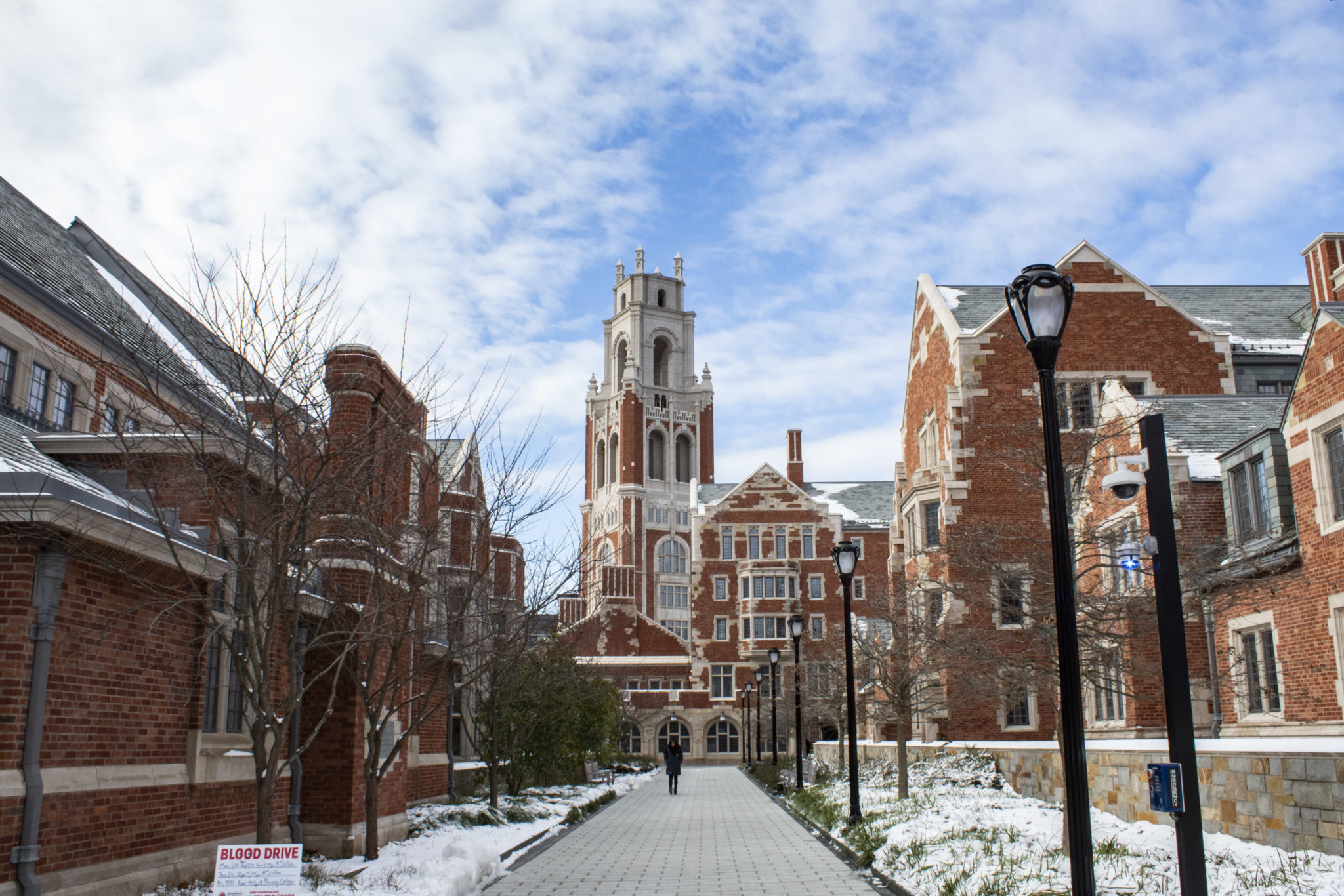
In August 2017, after years of planning, construction and heated debate, Yale’s first new residential colleges in more than half a century — Pauli Murray and Benjamin Franklin colleges — opened their doors to students.
The two colleges allowed for an 800-student increase in the undergraduate population, constituting Yale’s largest expansion in enrollment since the admission of women in 1969. This expansion follows former president Richard Levin’s desire to educate a greater number of people.
According to Head of Franklin college Charles Bailyn ’81, the new colleges introduced novelty in a long-established landscape.
“Yale is a place with very powerful and long-standing traditions, many of which are great, some of which are somewhat problematic, and you don’t have many opportunities to do something really new,” Bailyn said.
The construction of the two Prospect Street colleges was funded by a $250 million donation — the largest gift in University history — from Charles Johnson ’54 in 2013. The University hired Robert A.M. Stern ARC ’65, former dean of the Yale School of Architecture, to design the colleges. Stern aimed to situate Pauli Murray and Benjamin Franklin colleges “between convention and invention.” The colleges combine Yale’s traditional Gothic architectural style with modern facilities. These include dining halls closer to Science Hill, a dance studio, a movie room, a black box theater, a basketball court, a fitness center and an art studio.
One particular amenity — air conditioning — generated a great amount of speculation and debate. Yet, former Yale College Dean Jonathan Holloway clarified that the colleges’ air-cooling systems would only operate in the summer, in fairness to students in other colleges.
But controversies surrounding the colleges did not end there. In 2015, a message to the Yale community stating that both college names were open for discussion sparked some racially charged debates over possible college names. But in 2016, President Salovey revealed that the University would honor donor Johnson’s request to name one college after Benjamin Franklin, his “personal role model.”
“There’s one very clear lesson,” Salovey said. “When the decision was first made to honor Charlie and show our gratitude to him by selecting the name Benjamin Franklin, it should’ve been announced quickly.”
Students voiced concerns about honoring another slave-owning white male (referring to the formerly named Calhoun College), while others were confused about the recognition of an individual who did not attend Yale. The Yale Women’s Center published a statement criticizing the decision, which read, “As students, we choose to honor Aretha Franklin,” a prominent figure who also received an honorary degree from Yale in 2010.
Despite initial frustrations, the majority of students and faculty chose to move past the controversy by celebrating Pauli Murray college, named after Anna Pauline Murray LAW ‘65 — a queer black activist who co-founded the National Organization for Women in 1966. Members of Yale’s new residential communities began to brainstorm traditions that would shape student life for generations to come.
During FroCo meetings, first-years offered suggestions for events such as snowball fights, games of hide-and-seek, a haunted house and a “make it rain” dance party at Franklin college. Other FroCo groups considered chants and mascots; Kevin Gallagher ’21 noted that the spider monkey was a popular contestant.
Even though Franklin’s “make it rain” party never came to fruition, and Murray’s mascot is now the lemur, the opportunity to create tradition and shape college culture largely defined Yale’s new college communities.
Franklin FroCo Jose Lopez ’18 said he felt “much more at home” in a new college.
“You give me your cheers, you give me your name, and I’ll wear it, but I won’t feel a reason to be proud,” Lopez said. “Whereas here, because of my existence and what I am contributing to the community, this place does feel like home and I think that can be sustained.”
Benjamin Franklin and Pauli Murray colleges are located at 90 Prospect St. and 130 Prospect St., respectively.
Sydney Gray | sydney.gray@yale.edu






